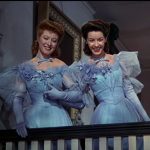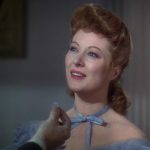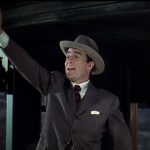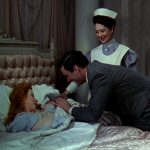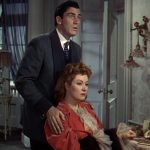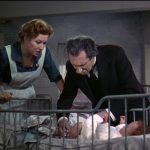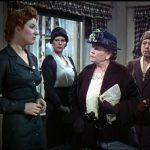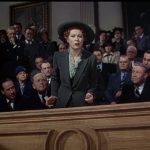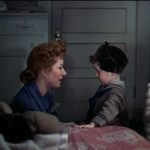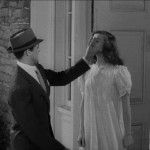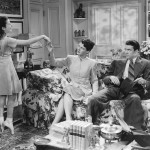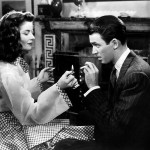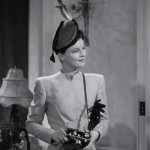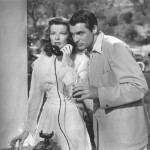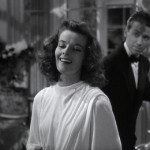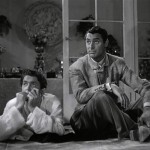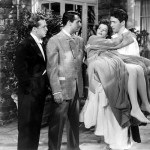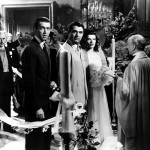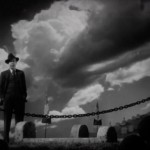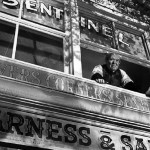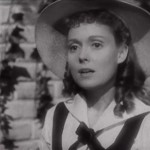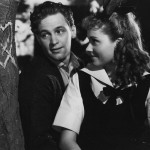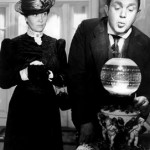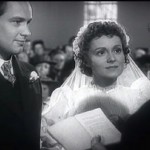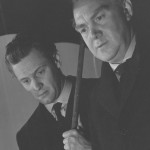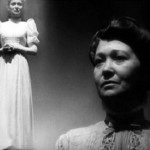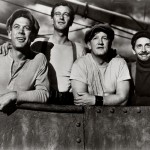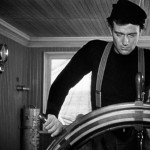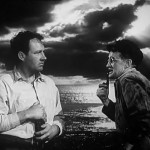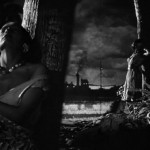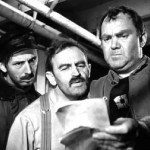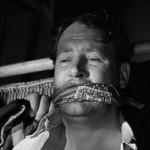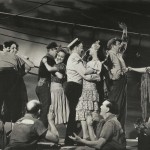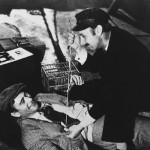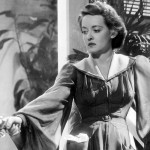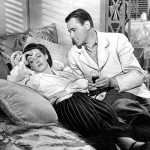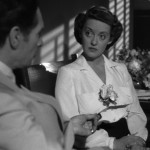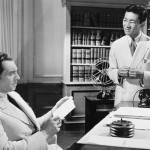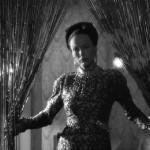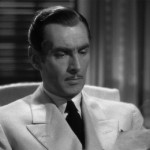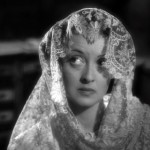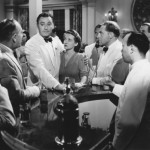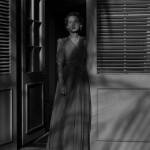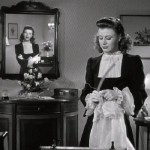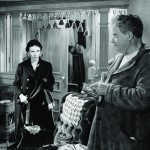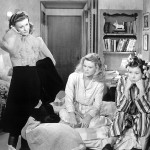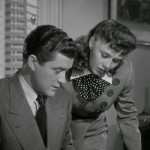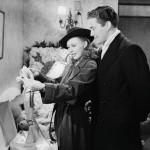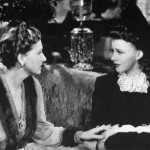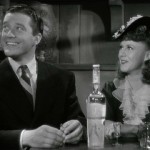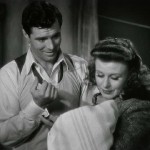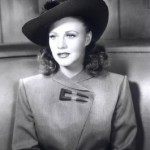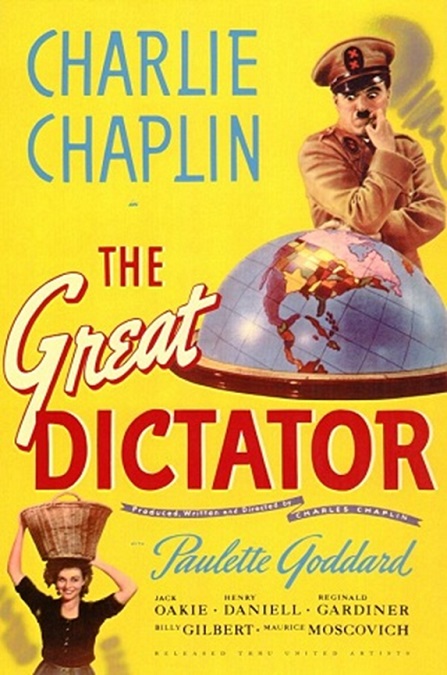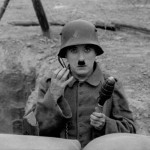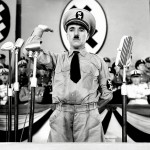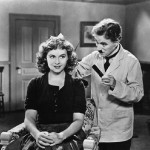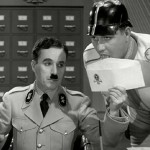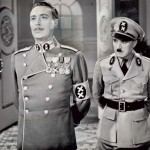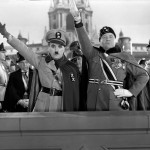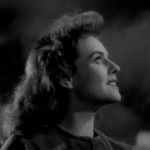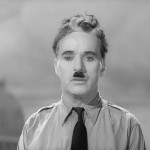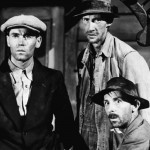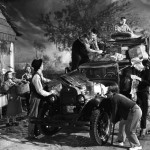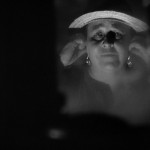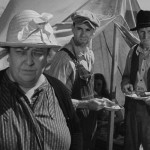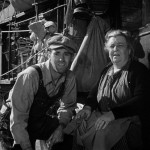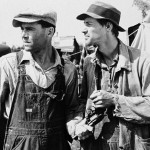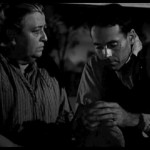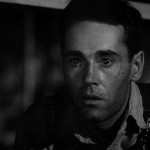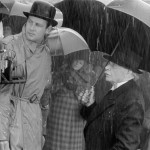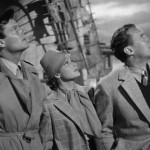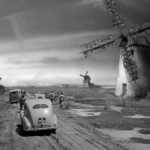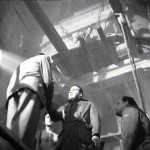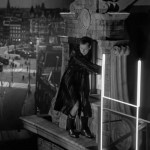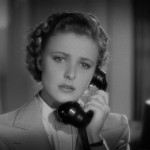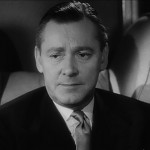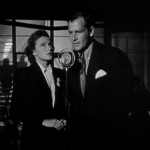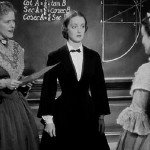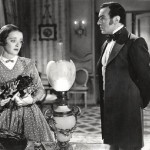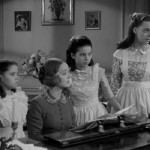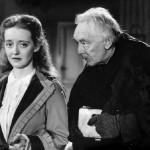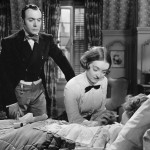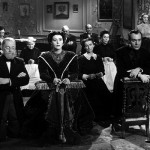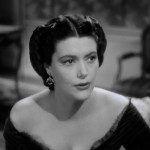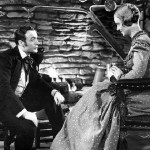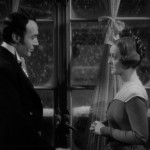
Blossoms in the Dust – 1941
This was a heavy-handed movie with a plot that, especially by today’s standards, was pretty ridiculous. But it was based on a true story. It was about the career of a woman named Edna Gladney. Who was Mrs. Gladney, and what did she do? She was a woman who lived in the late 1800s, and was a powerful advocate for children’s rights. She ran day-care nurseries, adoption agencies, and child care services. She, herself, had been born of a woman who was not married, and thus had to live with the stigma of being an illegitimate child. This led her to fight for important legislation changes in the state of Texas to have the word illegitimate removed from birth records and legal documents.
But according to the film, Edna Gladney, played by Greer Garson, was a woman who was deeply affected by her adopted sister’s suicide. Unfortunately this was the most contrived and unbelievable part of the whole film, but it was made out to be one of the main driving forces of her career. That, and the fact that her own child died in an accident at a very young age.
These two things were completely fictitious and it felt like it. Let’s look at them both, one at a time. The movie began as a young Edna and her sister, Charlotte, played by Marsha Hunt, were preparing to marry their fiancés. The entire opening sequence had my eyes rolling because the mood and the dialogue was laughably sappy. “I love you, my dearest sister.” “And I love you for loving me!” “And I am ever so happy to be in love!” “Oh, my darling, so am I!” “Isn’t being in love so lovely?” Ugh!
Charlotte’s fiancé’s parents, seeing the birth records that were needed for their son’s impending marriage, find out that before being adopted, Charlotte’s mother had not been married. Oh, the scandal! But though they oppose the wedding, their son loves her enough to ignore her shame. But Charlotte, within moments of her perspective mother-in-law’s admonition, goes to her room and blows her brains out. Don’t worry. It happens off-camera. Really? Was the stigma that shameful?
Second, Edna meets Sam Gladney, played by Walter Pidgeon. “Hi. You don’t know me, but I’ve decided that you are going to leave your fiancé and be my wife. Why? You just are.” And it worked. And there I sat, rolling my eyes again. So they are deliriously happy and rich for a while, but after their son is born, the doctor says that she cannot have any more children. Then, when the young boy is killed in an accident, Edna becomes a cold and passionless woman. That is, until Sam brings home a foundling girl and convinces Edna to adopt.
But after that, the rest of the movie was hard to watch because it shamelessly broke the cardinal rule of movie-making. Cute for the sake of cute is never cute. Never. There was a long stretch in the film that just showed babies. Babies laughing, babies crying, babies sucking on their fingers, babies sleeping, and babies doing anything that might make them look cute. And they only did it to pull at the heart-strings of the movie going audiences.
In the final part of the movie, the memory of her sister Charlotte inspires Edna to fight the Texan Congress to get the word illegitimate taken off of birth records. She is opposed by evil, hoity-toity old ladies who care more about proper breeding and status than about innocent children. This may have been true, but I was bludgeoned over the head with the message. The impromptu speech Edna delivers to the politicians was ridiculously contrived to be inspirational and moving.
“Life can be made so much more beautiful by love, by sympathy, and Understanding than it ever can by intolerant rules, and laws, and regulations. I’ve seen hearts broken. I’ve seen a pure and innocent young life destroyed by the inhumanity of this… this man-made law. For it IS man-made. God has placed no dishonor on these innocent and helpless victims. Oh, believe me gentlemen! There are no illegitimate babies. There are only illegitimate PARENTS!” Cue the wild cheering. Wow. She might be right… but wow. Preachy and heavy-handed.
Aside from that, there were a few uninteresting sub-plots that were all contrived to drive home different aspects of the same point. Oh, and they treated black people as nothing more than ignorant, buffoonish servants, showing how wonderful it was to be rich and white.
